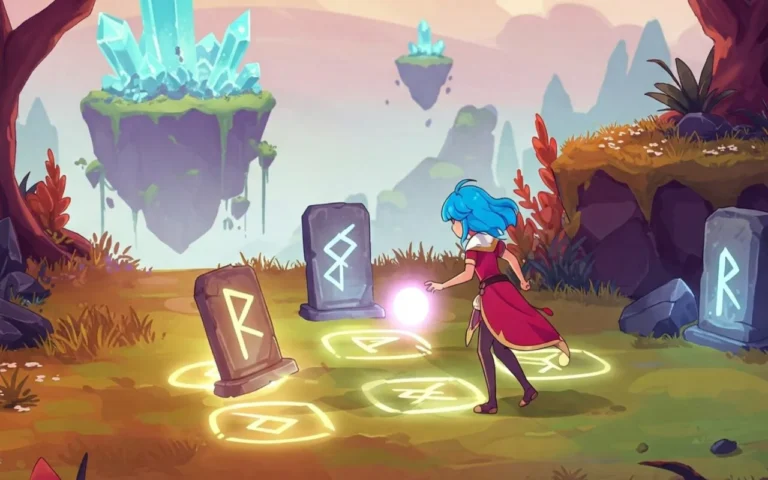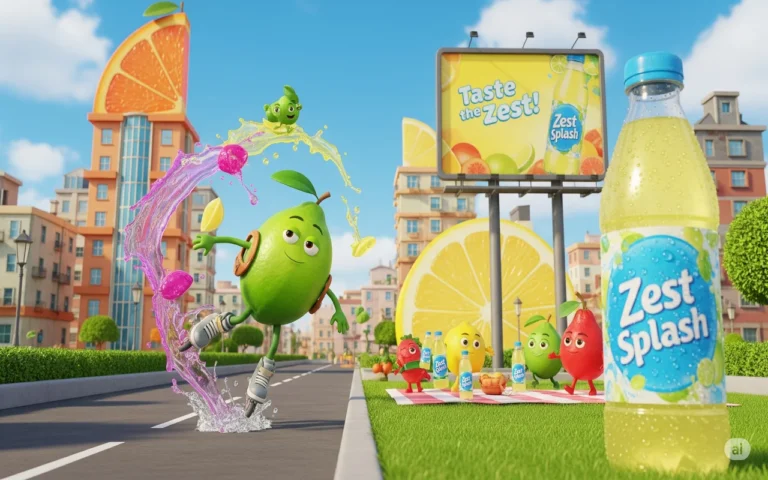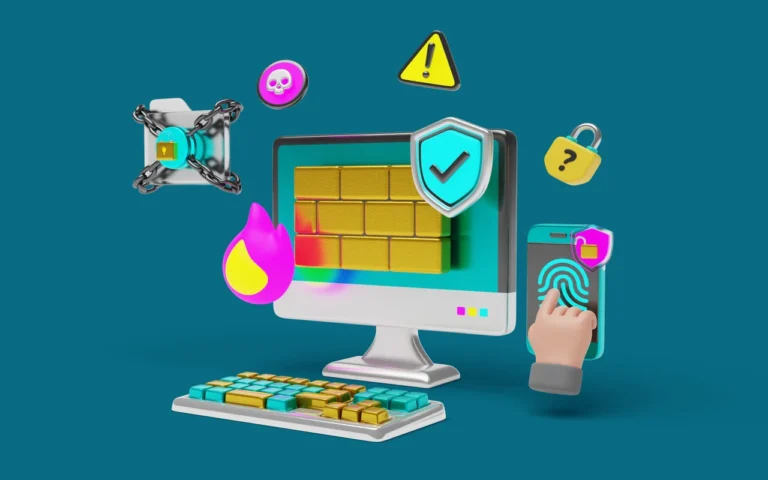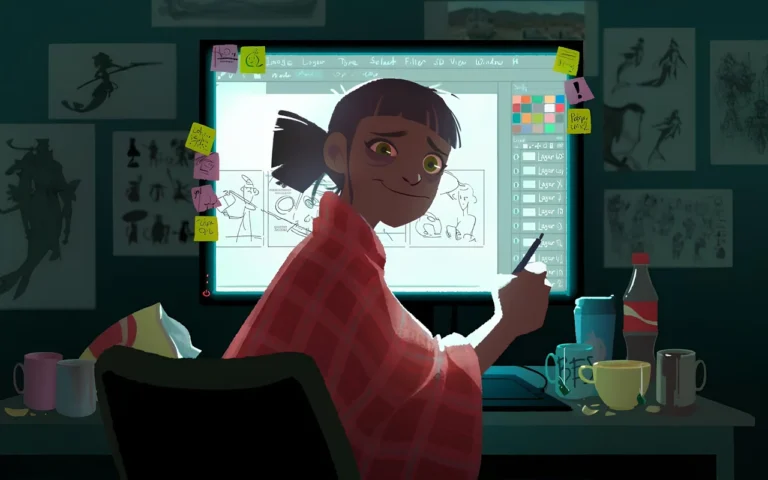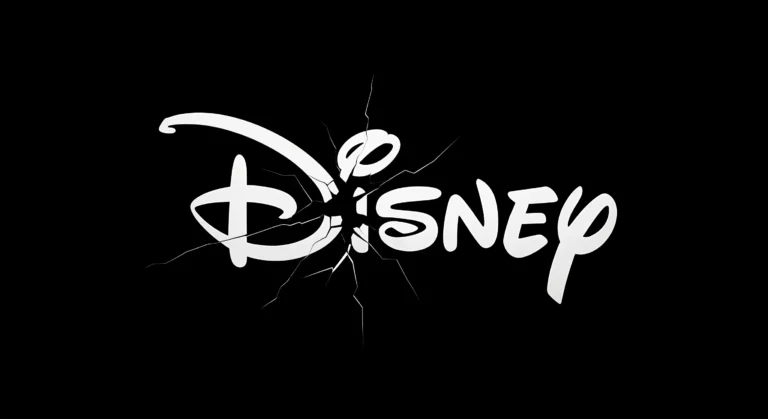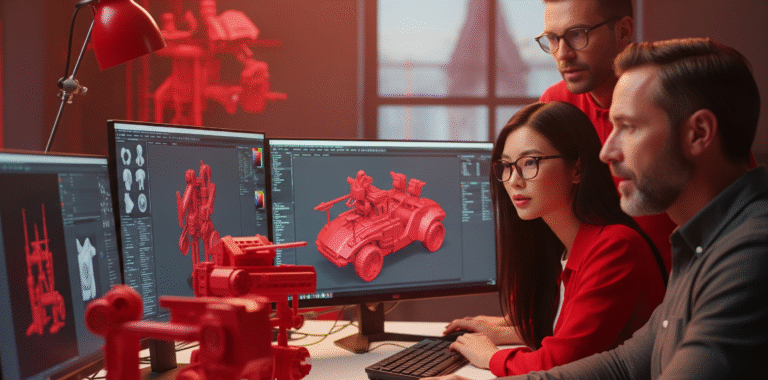A shader artist is responsible for defining how lighting, materials and textures appear in-game and animation projects. Shader artists usually work for game studios or film and animation companies. Their work involves adjusting various shading settings and writing shader programs to achieve the desired look for objects and scenes in a project. In this post, we will cover what tools and techniques shader artists use and what career opportunities are available to those aspiring to enter the field.


Need Game Art Services?
Visit our Game Art Service page to see how we can help bring your ideas to life!
What Does a Shader Artist Do?
Shaders are computer programs that determine how graphics are rendered to the screen. For example, let’s think of pixels. A pixel’s colour on a screen is determined by the intensity of red, green, and blue channels. A shader artist creates rules or writes programs that instruct graphics software to assign new values for these channels across different frames. These changes in values create new visual styles for certain objects over time. Shaders can be created using programming or visual shader graphs that come with game engines and animation software.
Examples of Shaders
Shader artists create various effects for games and animations. Water and fire effects are examples of widely used shaders that are created by applying different shaders to 3D particles or meshes. Another use case of shaders in video games is to create visual styles. For example, toon shading was the style that is implemented in the hit game The Legend of Zelda. That cartoonish look was achieved by limiting the range of colours for certain surfaces and materials to make them appear less realistic and more stylised.
Required Skills and Tools for a Shader Artist
Shader artists work primarily with game engines like Unity and Unreal Engine. A strong command of these programs and their specialised shader tools is essential for creating and editing shaders.
Shader graphs are the most important tools a shader artist should master in a game engine. They allow artists to create shaders using drag and drop nodes. Shader graphs eliminate the need to code shaders using scripting languages.
Read More: Unity vs. Unreal Engine
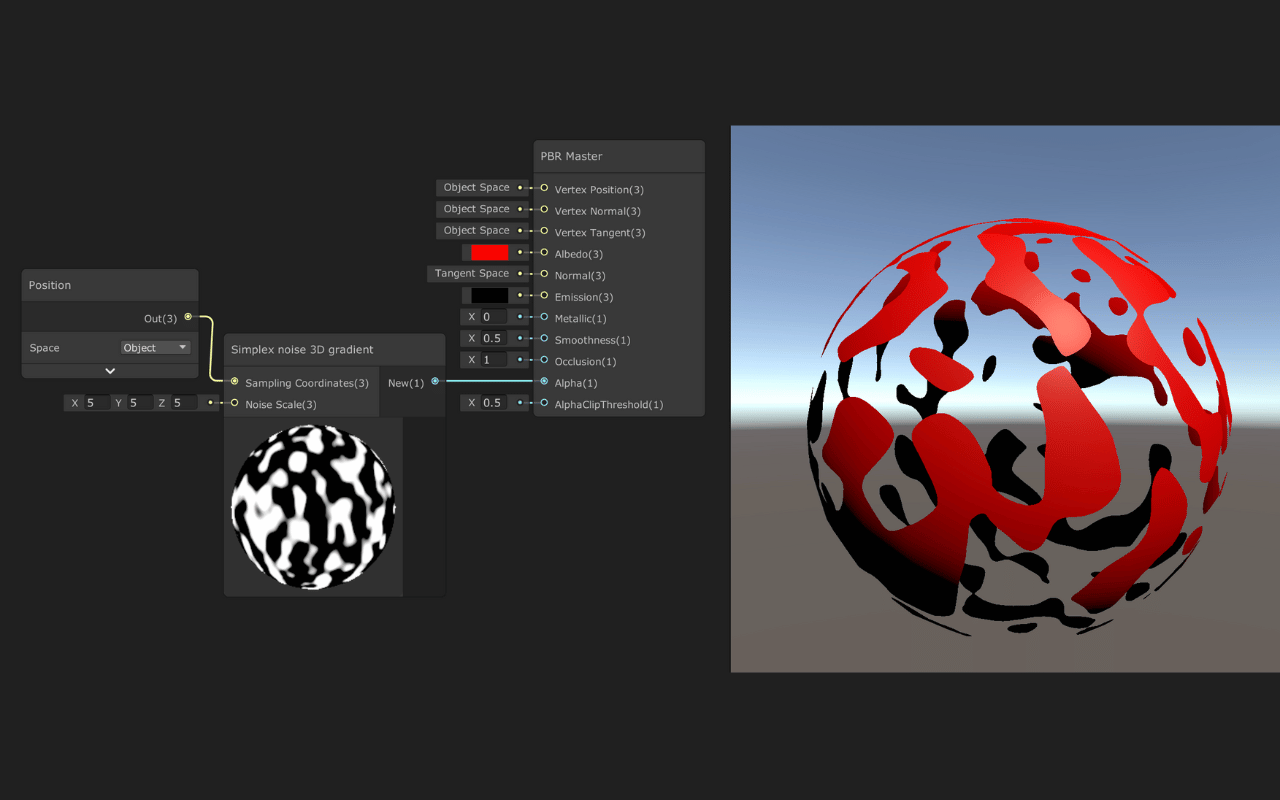
Shader artists should also have a good grasp of 3D texturing as well. Understanding UV maps, materials and their properties, as well as lighting and reflections is essential.
Programming is another useful skill for shader artists. Although not strictly necessary, shader programming languages allow artists to create complex textures without the need to deal with cluttered spaghetti like shader graphs. In Unity, shaders can be written using HLSL language. Scripting makes it easier to change shaders in real time using in-game functionalities.
Apart from specializing shader programming languages like HLSL, learning C# and C++ which are the official scripting languages for most game engines is crucial for shader artists and shader programmers. Automating shader-related tasks and integrating shaders with other parts of the game is much easier using an engine’s scripting language.
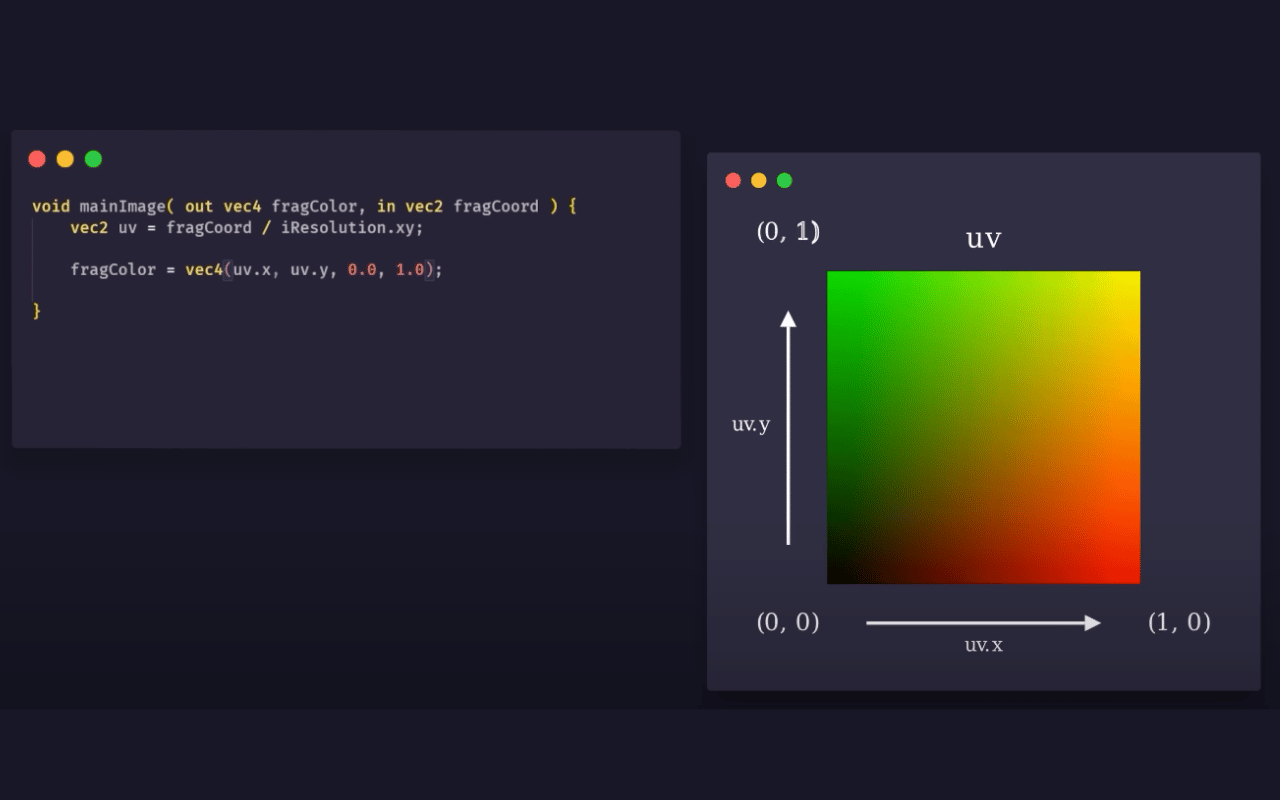
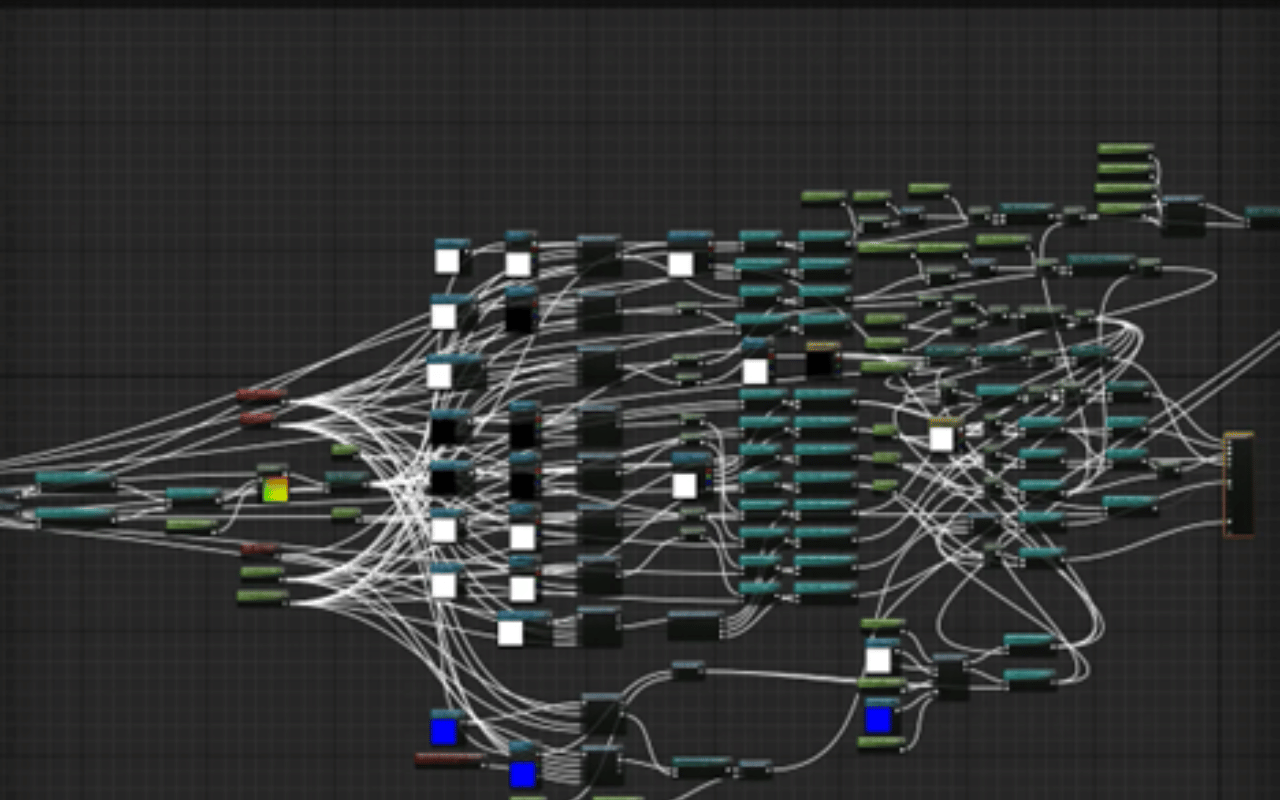
What Industries Do Shader Artists Work For?
Shader artists typically work for a game development and animation studio. However, their services are also highly sought in other fields such as Visual Effects, Advertisement, Architecture, AR/VR and 3D simulations. Generally, companies that rely on computer graphics for their services need the skills that are brought to the table by shader artists.
Career Path and Opportunities for Shader Artists
If you take a look at job postings for technical roles in the game industry, you will realize that tasks handled by shader artists or shader programmers are sometimes listed under job postings for technical artists or game developers as well. The same goes for the animation industry, where the responsibilities of shader artists, texture artists and lighting artists sometimes overlap as well. Therefore, defining who exactly is considered a shader artist is not always essential. Additionally, small game studios have limited staff and usually look for generalist artists or developers who can handle many tasks, including shader art.
Shader artists are more in demand in AAA game studios that can afford to dedicate an artist for such a specific task. Therefore, shader art or programming is considered a niche career in the CG industry. The country you live in is also a deciding factor in determining whether becoming a shader artist is worth it. Shader artists are in demand in countries like the USA, Canada, Finland, and Sweden, where there are plenty of game development companies. If you’re looking to break into the creative industry, working with a 2D animation studio in USA can also open doors, as these studios often collaborate with game developers on visually rich projects.
Learning shader programming can also open doors to some exciting opportunities in the computer graphics industry. It can be a good starting point for understanding how computer graphics are created at a low level and can lead to opportunities in game engine development.
How to Become a Successful Shader Artist
Like other forms of art, getting good at creating shaders requires trial and error and a lot of practice. Trying to recreate the shaders you see in your favourite game or animated show—especially those made by a 2D animation studio—can be really helpful. Creating a strong portfolio of visually stunning shaders and publishing your work on social media helps you get noticed.
Shader art is a specialised field that is tangled with some highly technical concepts. Constant research on new techniques and tools, and how they can improve your workflow, is essential as well. Working with a 3D animation studio or studying their pipelines can also give you insight into how shaders are applied in real-world projects.
To Sum Up
Shader artists create rules for how different entities are rendered in a CG project. Compared to other artists in a game or animation studio, their work is considerably more challenging and technical. The roles and responsibilities of a shader artist sometimes overlap with those of a technical artist. Complicated shaders are typically used in more advanced projects. Thus, shader artist positions might not be available in every region. However, mastering shader programming alongside other game development skills can open doors to some special opportunities in game development that may not be available to a typical game developer or artist.


